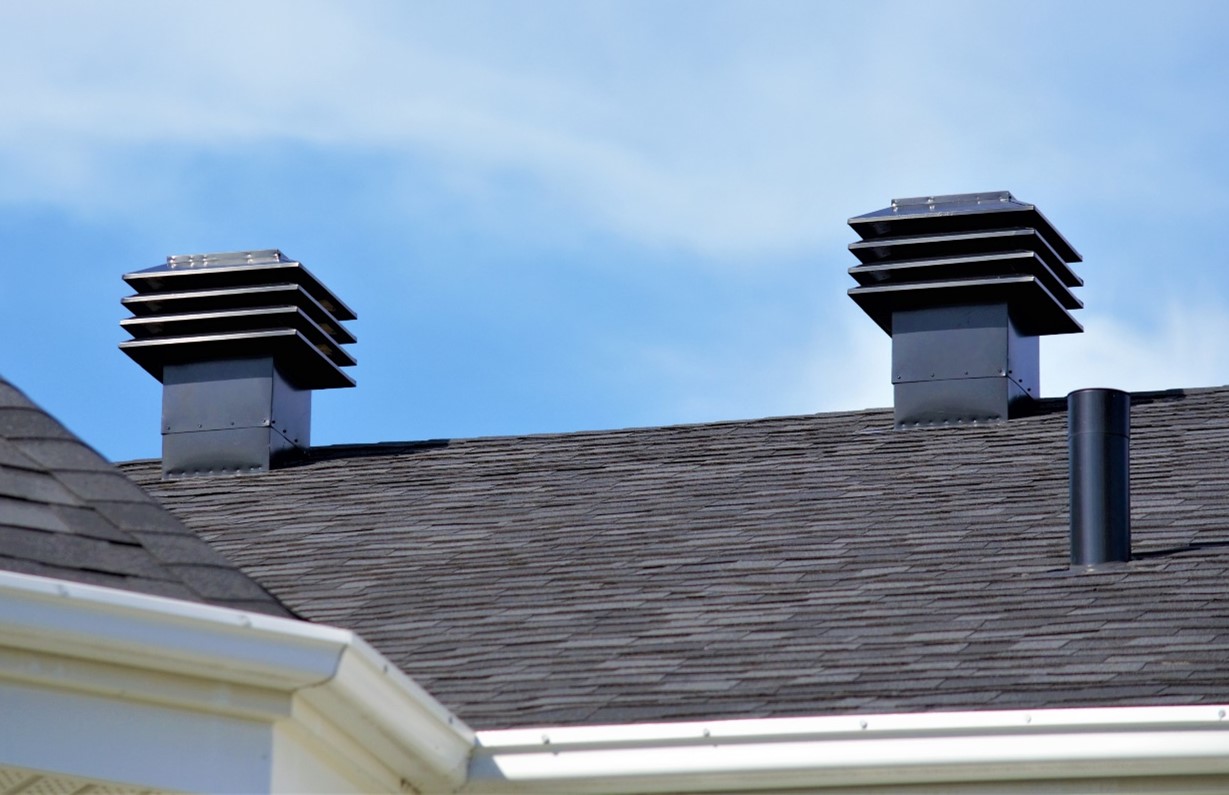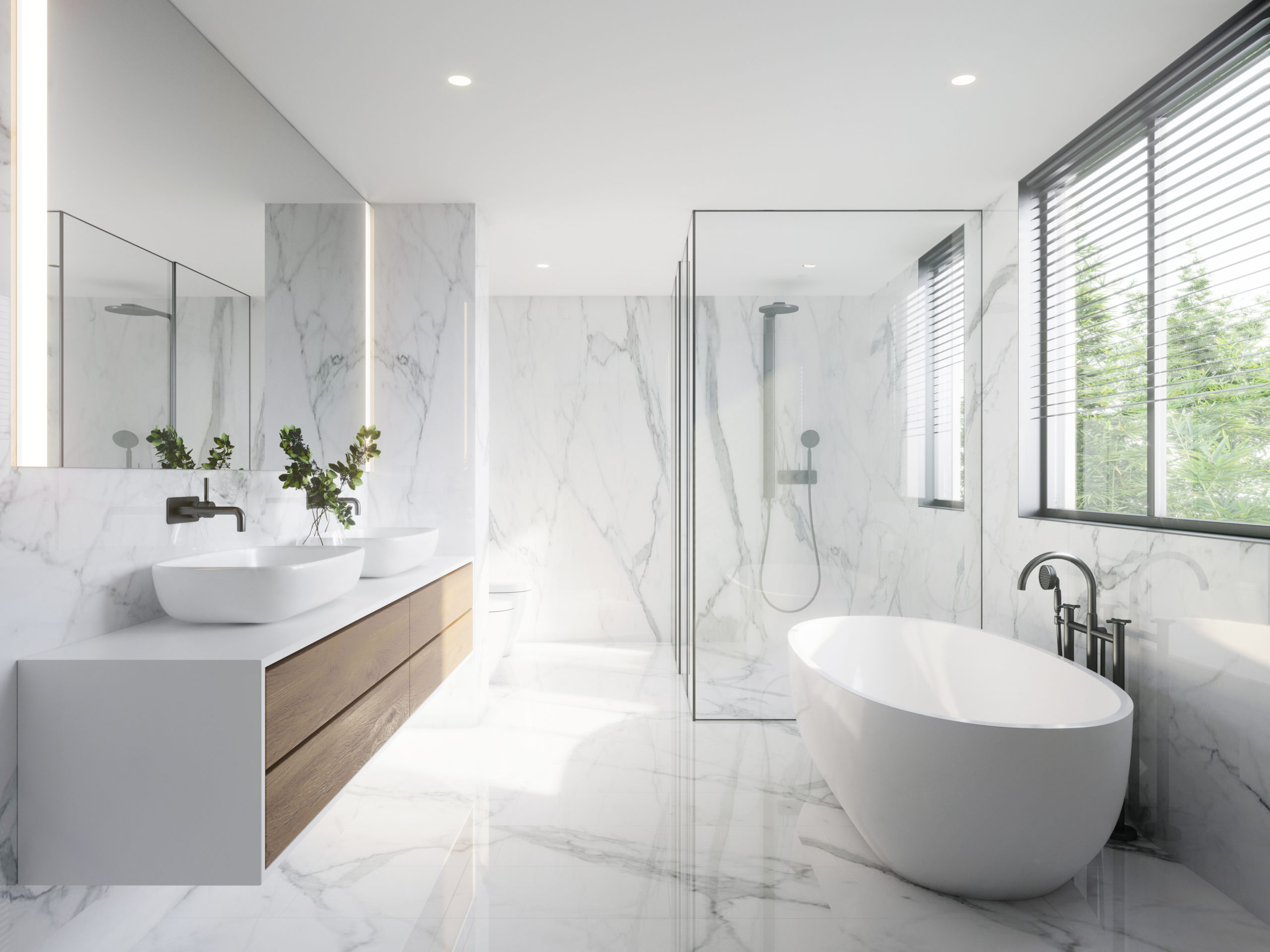Proper Ventilation in Plumbing Systems: Why It Is Important
Proper Ventilation in Plumbing Systems: Why It Is Important
Blog Article
Just how do you feel in regards to Essential Plumbing Vent Pipes: Understanding Their Role?

Proper air flow in plumbing systems is usually neglected, yet it is crucial for preserving the capability and security of your home's pipes. Air flow helps control atmospheric pressure, avoid the accumulation of harmful gases, and make certain the effective removal of waste. In this overview, we will discover the importance of correct plumbing air flow, how it functions, and the benefits it gives your plumbing system.
Comprehending Ventilation in Plumbing
Air flow in pipes describes the network of pipes that enable air to flow through the drain system. These vents offer several functions, including controling atmospheric pressure within the pipelines, preventing sewer gases from entering the home, and assisting in the smooth circulation of wastewater.
How Air Flow Works in Plumbing Equipments
Air Pressure Law
Appropriate air flow preserves well balanced air pressure within the pipes system. When water streams via pipes, it displaces air. Without appropriate ventilation, this displacement can develop negative stress, resulting in reduce drains or siphoning of water from traps, which can create undesirable smells to leak into the home.
Avoiding Sewer Gas Accumulation
One of one of the most essential features of plumbing vents is to avoid sewage system gases, such as methane and hydrogen sulfide, from gathering within the home. These gases can position serious health and wellness threats and are extremely combustible. Vent pipes enable these gases to leave safely outside.
Aiding in Waste Elimination
Air flow helps in the effective removal of wastewater by preventing airlocks in the drainage system. When air can move easily through the vents, it permits water and waste to stream smoothly via the pipelines, lowering the danger of blockages and backups.
Sorts Of Pipes Vents
Main Heap Vent
The primary stack air vent, also known as the vent stack, is the key vent in a plumbing system. It expands from the major drain align with the roofing, permitting gases to run away and fresh air to go into the system.
Branch Vent
Branch vents connect to the major stack vent and serve individual components, such as sinks, toilets, and showers. These vents make certain that each fixture has appropriate ventilation to function properly.
Air Admittance Shutoff (AAV).
An Air Admission Shutoff (AAV) is a one-way valve that enables air to get in the pipes system without the need for a standard air vent pipe extending through the roofing. AAVs are generally made use of in remodellings or areas where mounting a typical vent is not practical.
Indications of Poor Ventilation in Pipes.
Slow Draining Fixtures.
If your sinks, tubs, or bathrooms are draining slowly, it could be a sign of inadequate air flow. Inadequate air flow can develop a vacuum cleaner effect, making it hard for water to drain correctly.
Gurgling Seems.
Gurgling audios originating from drains pipes are usually a result of air being drawn via water traps because of negative pressure in the pipelines. This is a clear indication of insufficient air flow.
Undesirable Smells.
Sewer odors inside your home are a red flag that your pipes system is not effectively aerated. This could mean that drain gases are not being appropriately aired vent outside, leading to potentially hazardous conditions.
Usual Ventilation Errors.
Poor Vent Sizing.
Utilizing small vent pipes can bring about poor air circulation and pressure inequalities in the system. It's necessary to use vents that satisfy the particular needs of your plumbing system.
Improper Vent Placement.
Putting vents too much from the components they offer can decrease their effectiveness. Correct positioning guarantees that air can move easily and efficiently with the system.
Disregarding Code Demands.
Building codes supply specific standards for pipes ventilation. Neglecting these codes can cause a system that stops working to work appropriately and may lead to pricey repair work or carcinogen.
Benefits of Correct Ventilation.
Boosted System Efficiency.
Appropriately ventilated pipes systems operate more effectively, with less clogs, faster draining pipes, and much less pressure on the pipes. This effectiveness extends the life expectancy of the pipes system.
Improved Air Quality.
By avoiding sewer gases from entering your home, proper air flow contributes to much better interior air high quality, making your living environment healthier and a lot more comfy.
Stopping Water Damages.
Ample air flow assists protect against water from being siphoned out of catches, which can lead to drain gases entering the home and creating water damages in time.
Actions to Guarantee Appropriate Air Flow.
Consulting Pipes Codes.
Constantly consult local plumbing codes when creating or modifying your pipes system. These codes provide the needed guidelines for correct venting and ensure your system meets security standards.
Normal Evaluation and Upkeep.
Regular examinations can assist identify possible ventilation problems before they come to be major troubles. Maintenance tasks, such as cleansing vent pipelines and checking for blockages, are crucial for keeping the system in good working order.
Specialist Installation.
For brand-new installations or significant alterations, it's smart to hire an expert plumbing. They have the expertise to guarantee the ventilation system is properly developed and set up according to code.
Final thought.
Appropriate ventilation is a vital part of any type of plumbing system, ensuring that it operates efficiently and safely. By understanding the importance of ventilation, acknowledging the indications of bad air flow, and taking actions to preserve your system, you can prevent expensive concerns and safeguard your home's air high quality.
4 Things You Should Know About Your Plumbing Vents
What Plumbing Vents Are
Also called a vent stack, a plumbing vent is a vertical pipe attached to your drain line that runs through your roof. The plumbing vent pipe, or plumbing air vent, removes gas and odors from your plumbing system and allows fresh air to enter the pipes, helping the water to flow out of the drain pipes.
What Plumbing Vents Do
Plumbing vents have two basic functions. One of which is to allow unpleasant smelling wastewater and sewer gasses to escape your plumbing system instead of entering your home. Plumbing vent pipes are typically located on roofs, away from windows, to ensure the fumes exit the home completely.
The other function of the plumbing vent is to move fresh air into your plumbing system. This helps move water through every plumbing fixture in your house, like toilets and sink drains. Think of the way in which you need to let a little air into the bottle as you pour soda in order to make the drink flow smoothly.
Different Types of Plumbing Vents
True vent: This is the most common vent option. In simplest terms, a true vent is a vertical pipe attached to your drain line that exits through the roof. They often function as the main vent that other fixtures can connect to. Re-vent pipe or auxiliary vent: Attached to the drain line near specific plumbing fixtures, re-vent pipes run up and over to connect to the main vent. Common vent: Two plumbing fixtures installed on opposite sides of a wall are typically tied into the vent stack using something known as a sanitary cross. Wet vent: This venting option operates as a drain pipe and a vent at the same time. Wet vent drainage systems drain water from one fixture while venting the air from another. Although they’ve been used for over 100 years, wet vent systems have only recently been added to the plumbing code in many areas. If you’re planning on installing one in a bathroom remodel, make sure you check your local code prior to construction. Loop vent: For free-standing fixtures like kitchen island sinks, loop vents are ideal. These vent pipes run under the floor, rise from the P-trap, and create a loop inside the cabinet sink. Air admittance valve: An AAV is a one-way mechanical valve typically installed at the site of the plumbing fixture. AAVs allow venting to occur without having to tie into a larger venting system. They’re ideal for venting fixtures where you aren’t able to easily connect to an existing vent system. Common Plumbing Vent Issues
Although vent pipes typically don’t have water flowing through them, they’re still subject to many typical plumbing issues. For example, clogs are one of the most common problems associated with sewer vent pipes. If your vent pipe gets clogged, all of your plumbing fixtures tied into the vent stack will be affected.
A sink with a slow drain that bubbles and gurgles or a strong sewage smell around your toilet are both indicators that your toilet vent pipe is clogged. Because most vent pipes exit through the roof, old leaves, twigs or even a bird’s nest could be clogging the pipe.
Clogs in your vent pipe system cause a buildup of negative pressure, meaning that water won’t be able to flow out of your home very well. It’s similar to putting your finger over the opening of a straw to trap water inside. When you remove your finger, the water is able to flow out of the straw.
If you suspect you have any blockage in your vent, make sure you have a professional come examine the situation. Left unchecked, a blocked air vent can lead to other costly repairs, like leaks and sediment buildup.
Under Pressure
Pipe vents are essential aspects of a home’s plumbing system. Owning a home means learning about all sorts of things you never put much thought into before. But by understanding as much as you can about the important systems of your home, you can keep those budgets intact and those anxiety levels low.
https://www.homeserve.com/en-us/blog/home-improvement/plumbing-vents/

I ran across that post on while doing research the internet. Are you aware of anybody else who is curious about Essential Plumbing Vent Pipes: Understanding Their Role? Take a moment to share it. Thank you for being here. Kindly check up our blog back soon.
Click Here Report this page